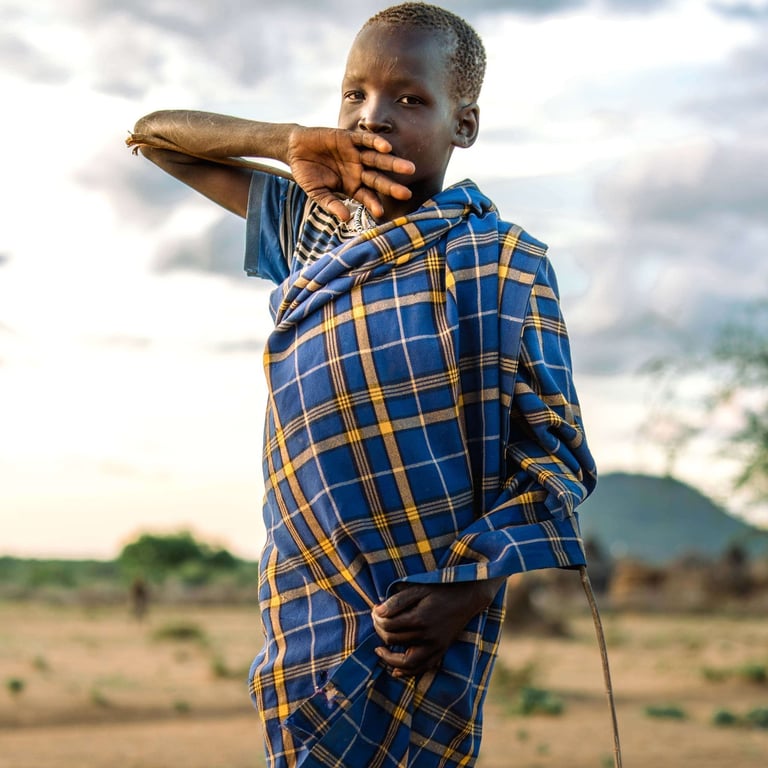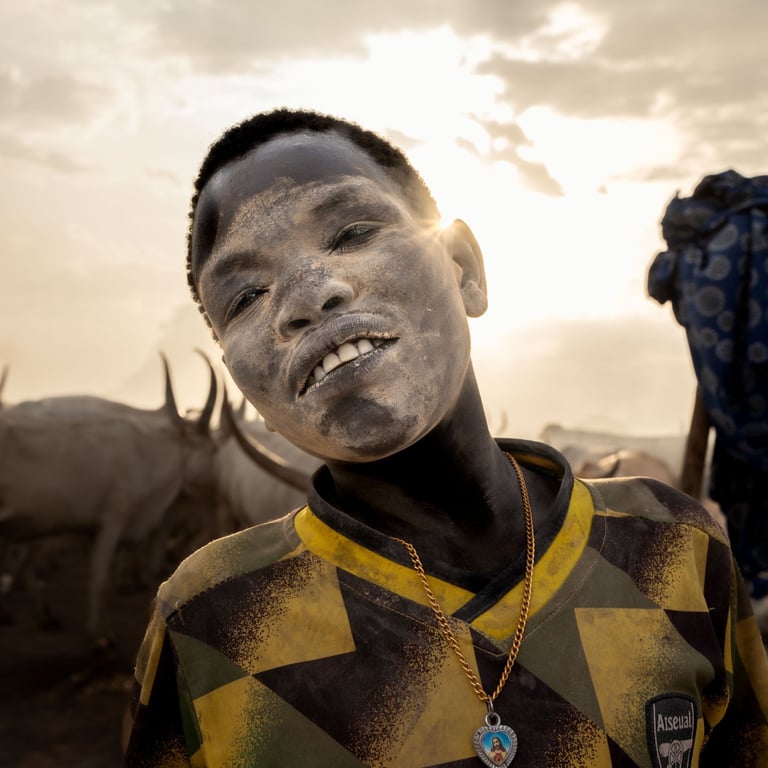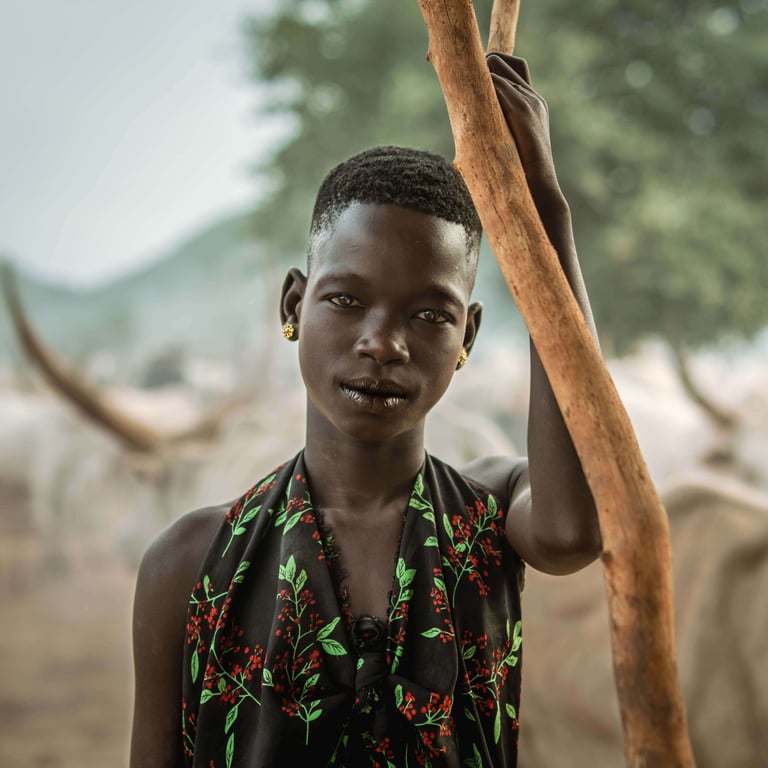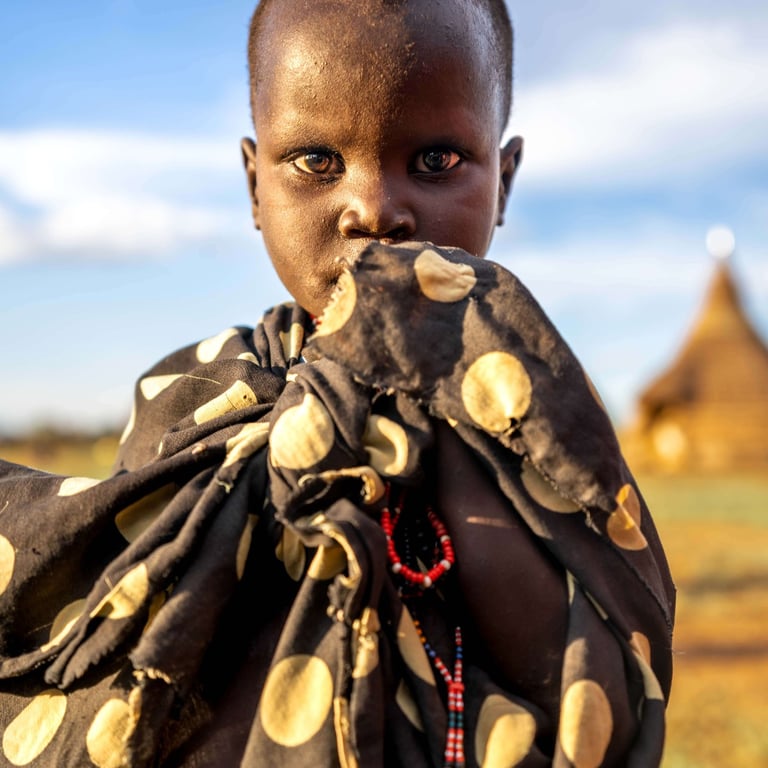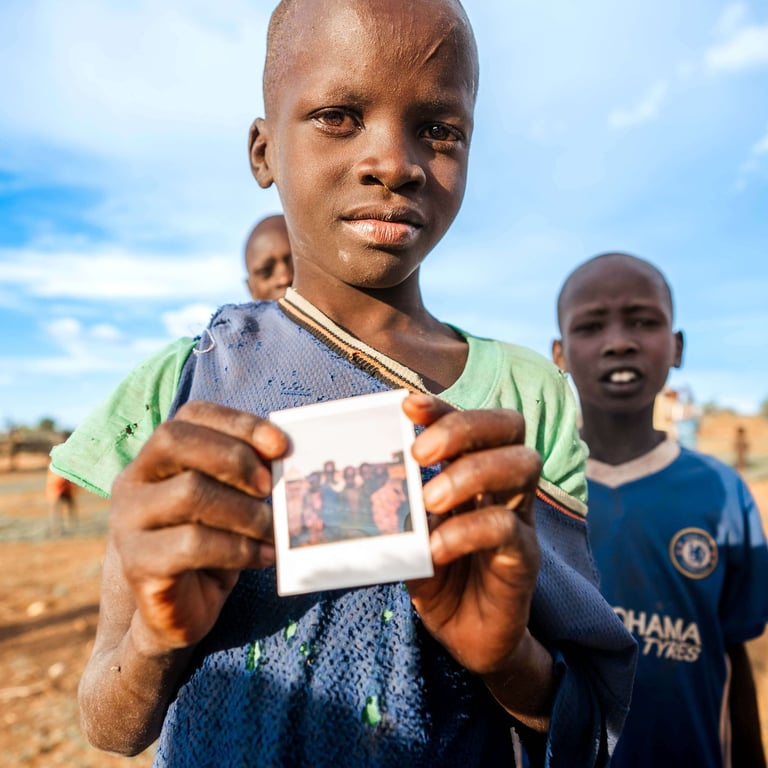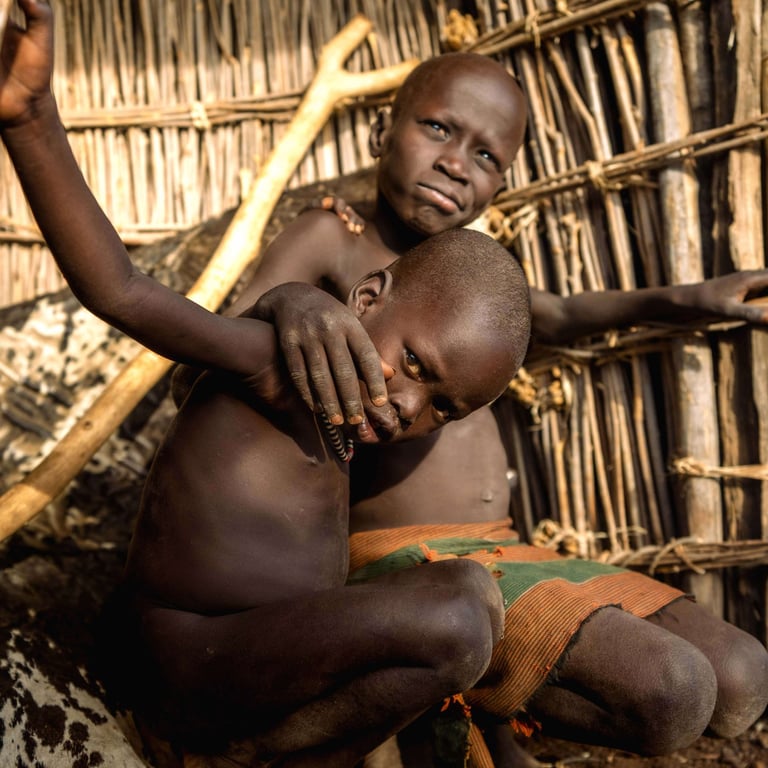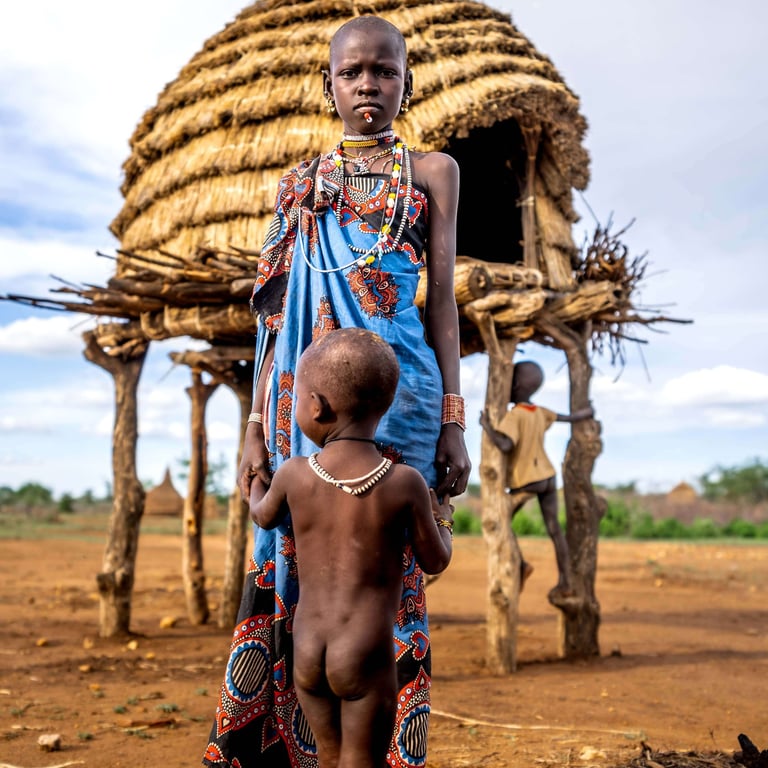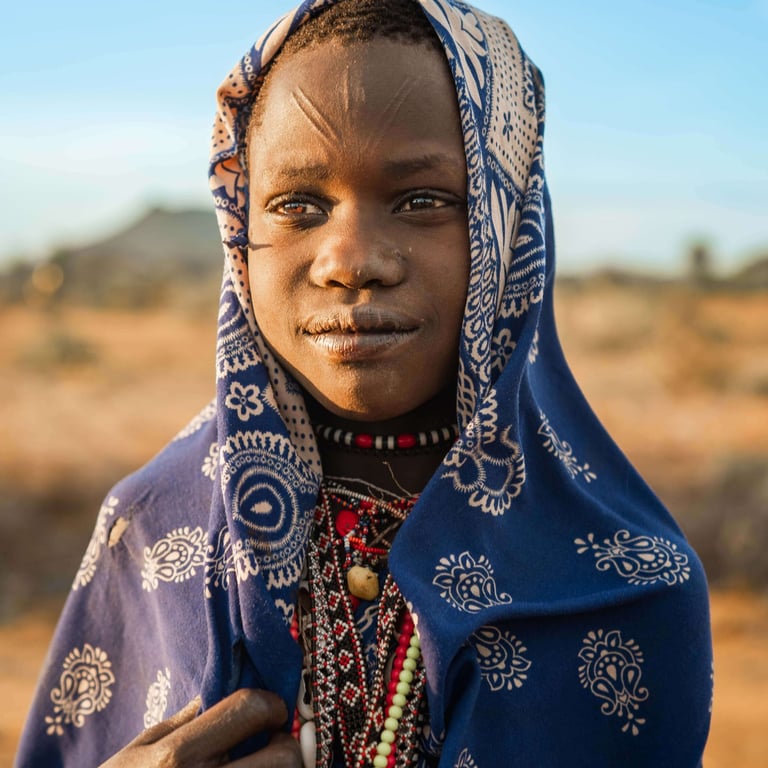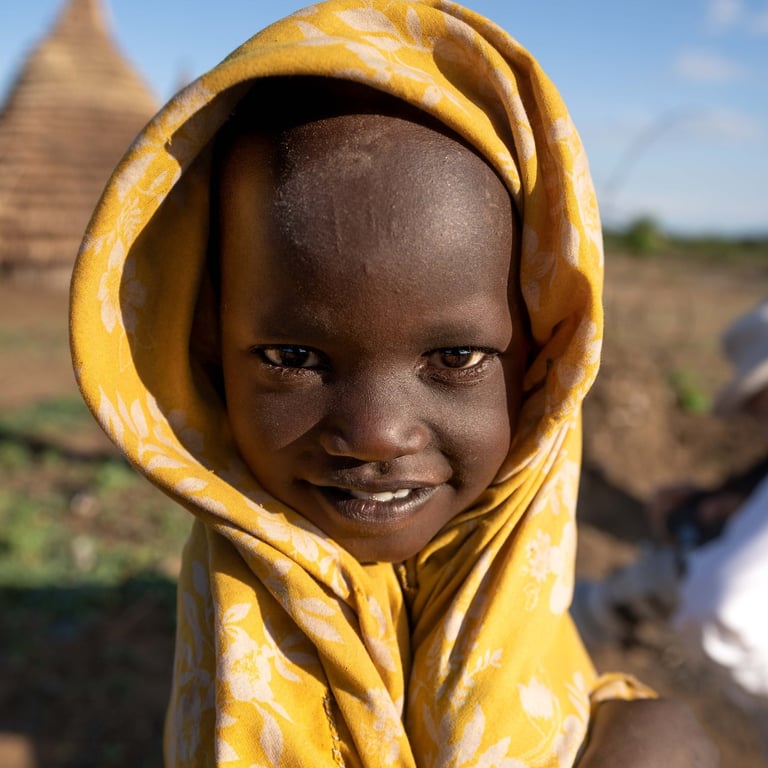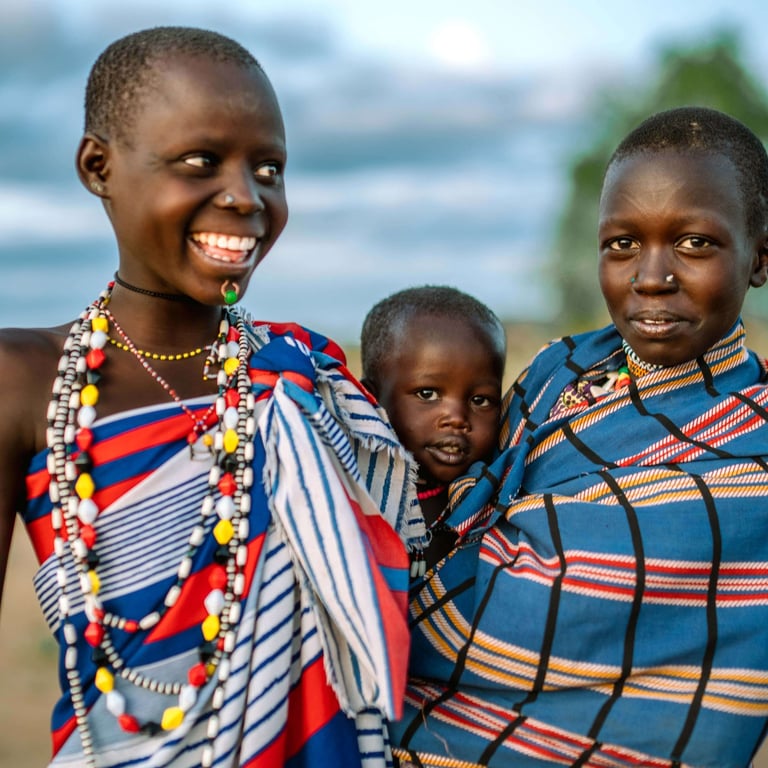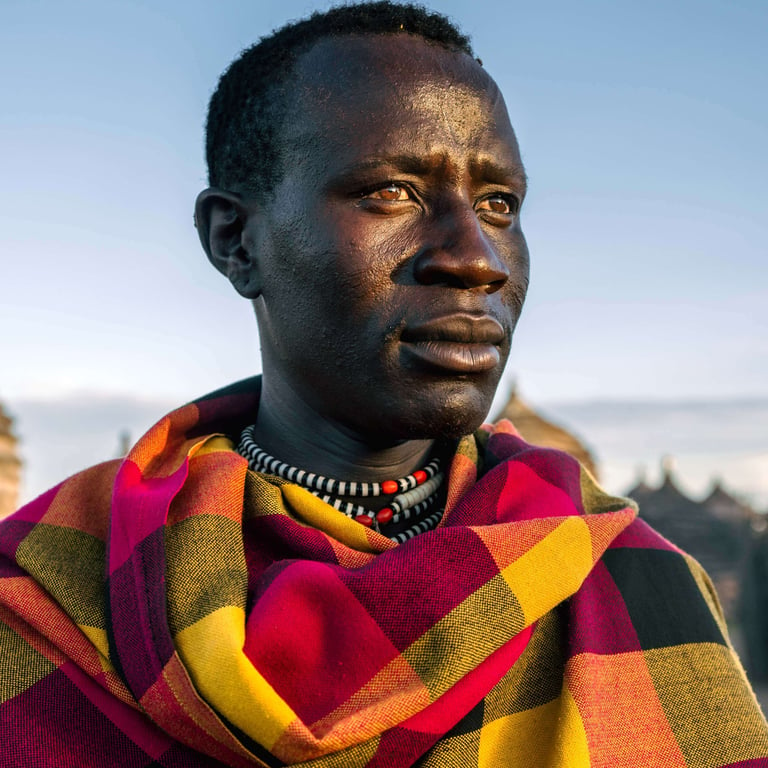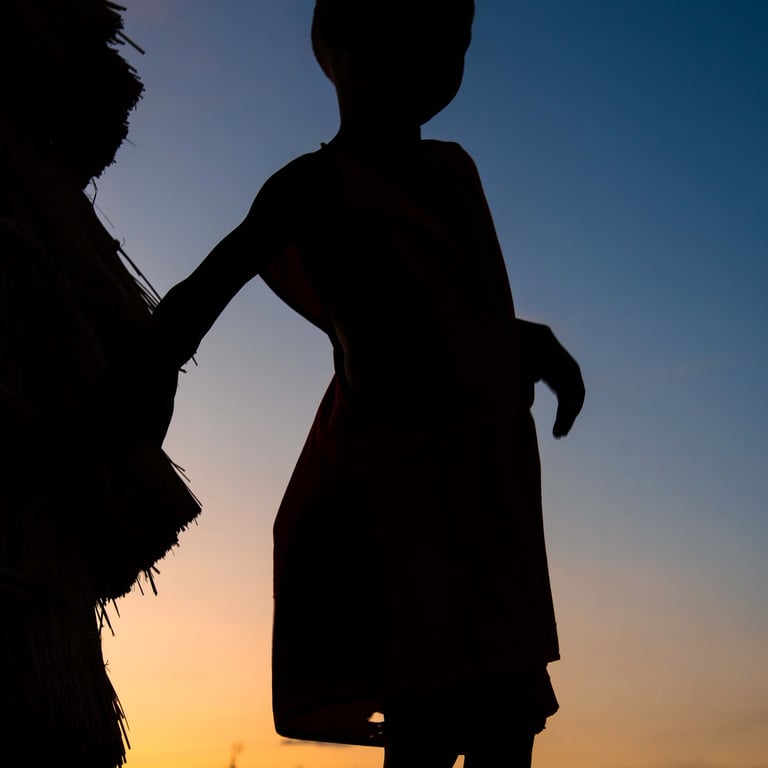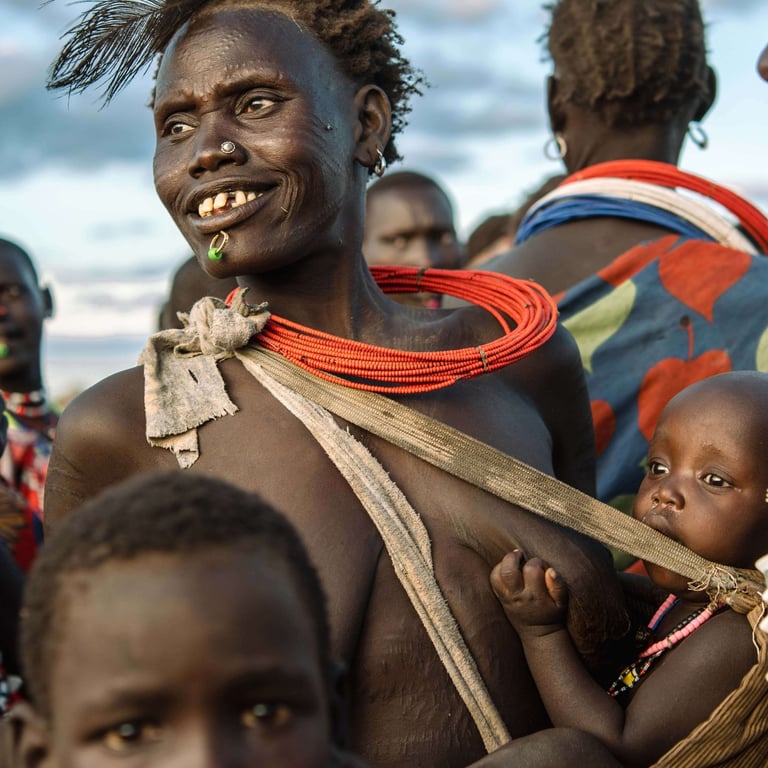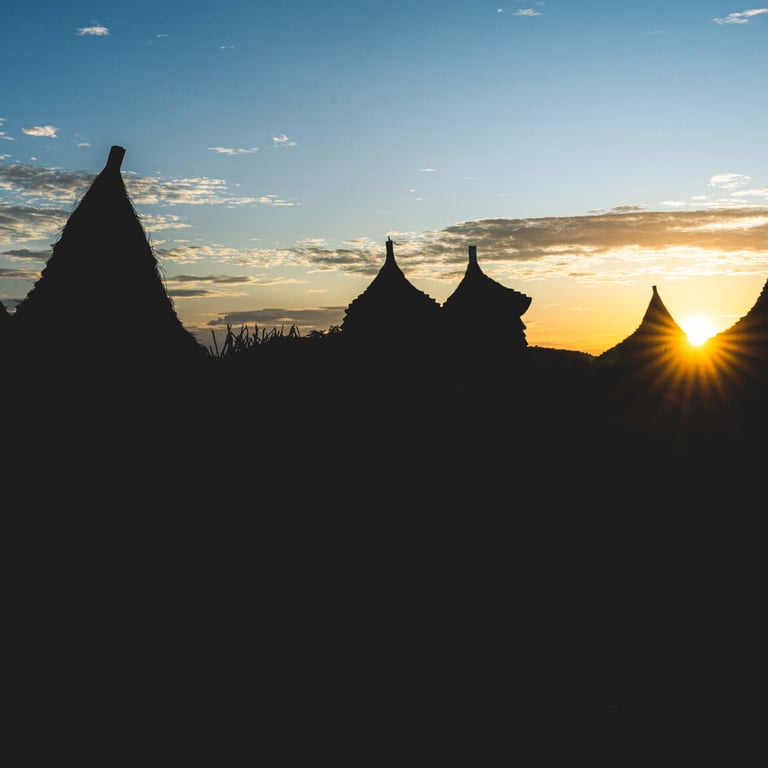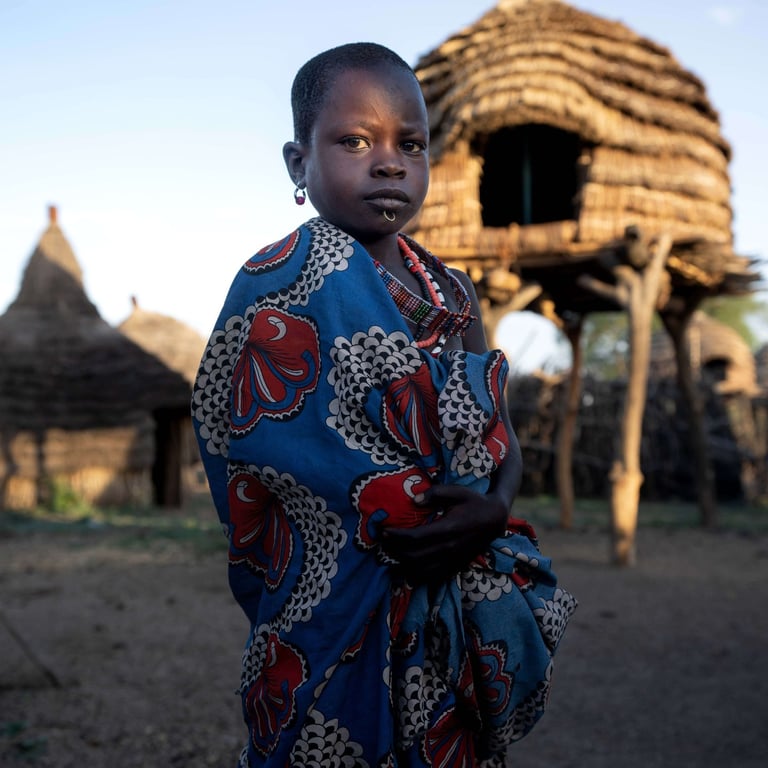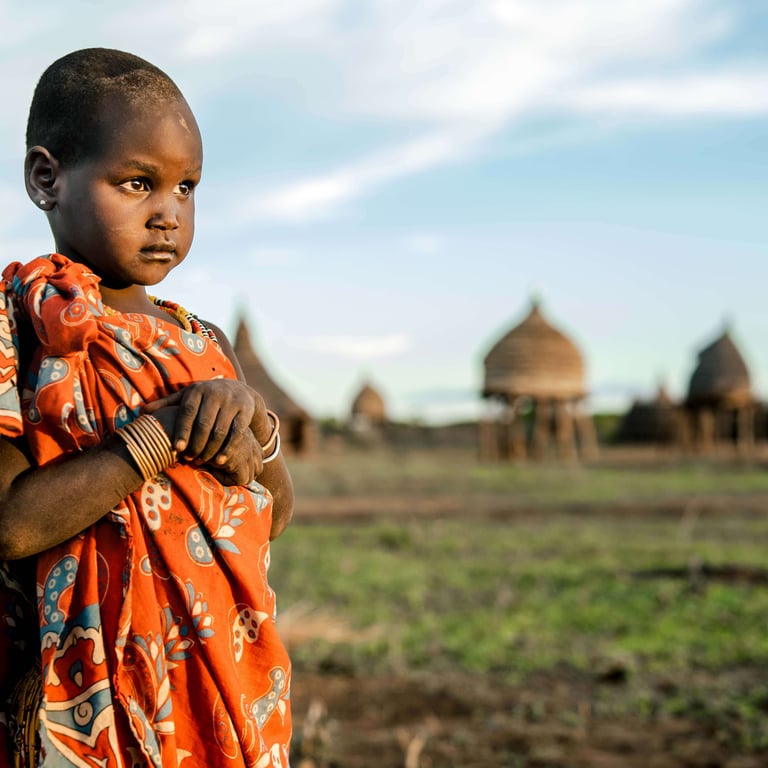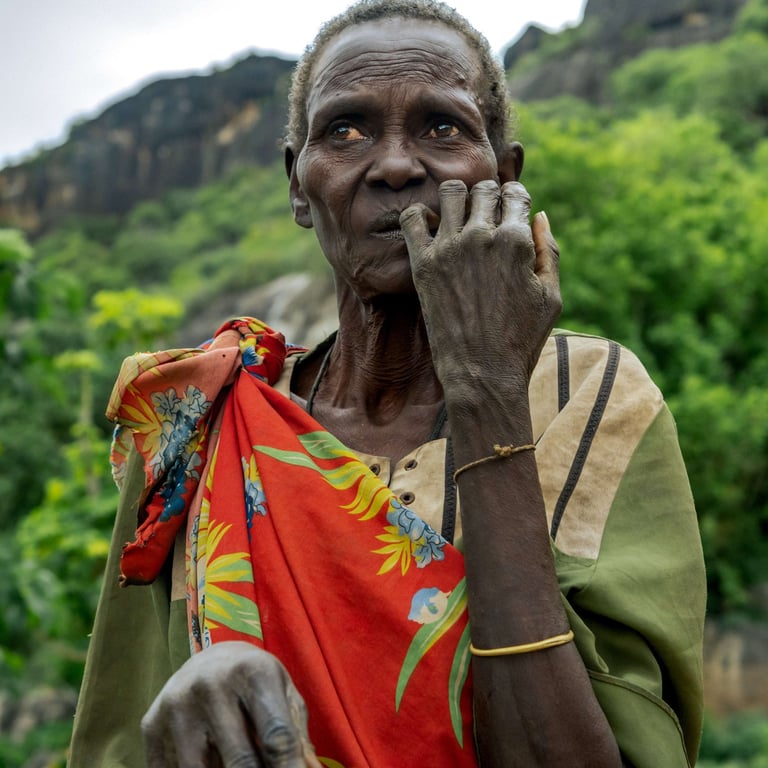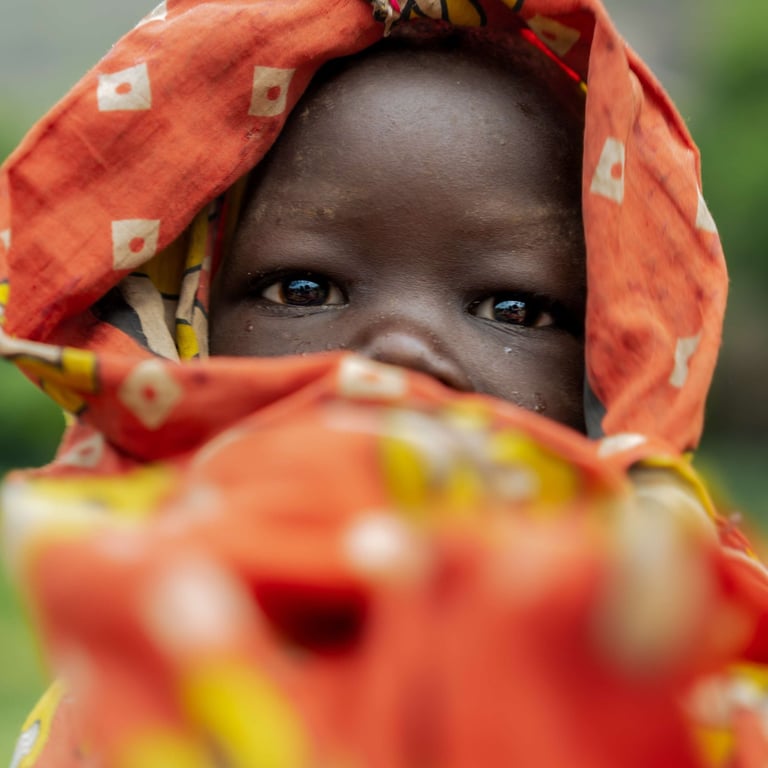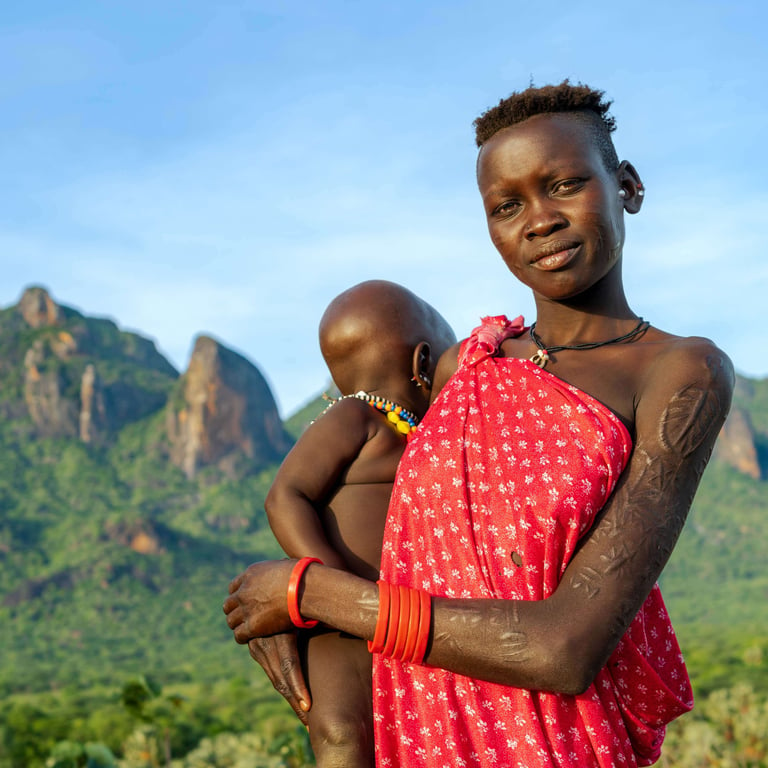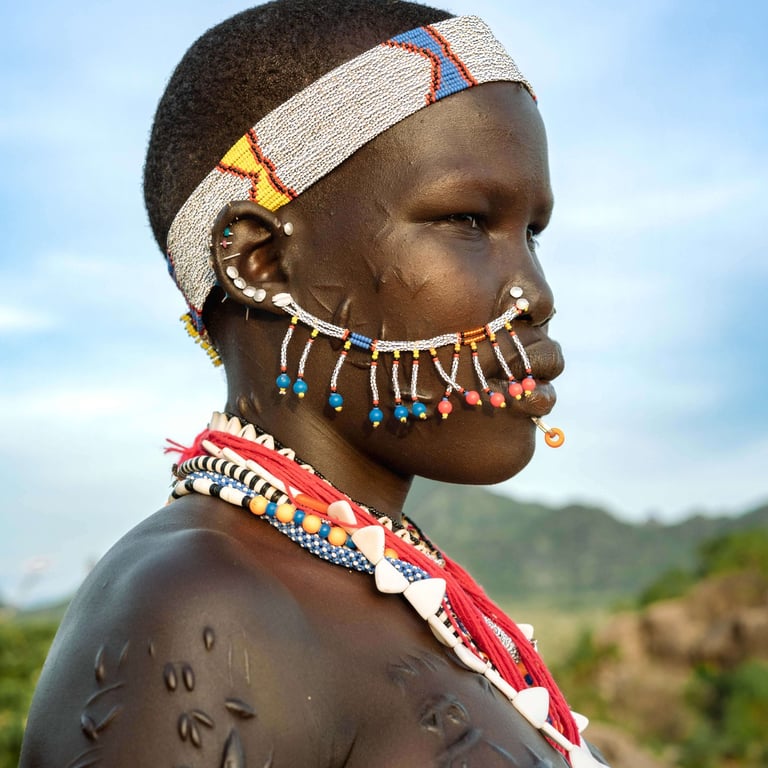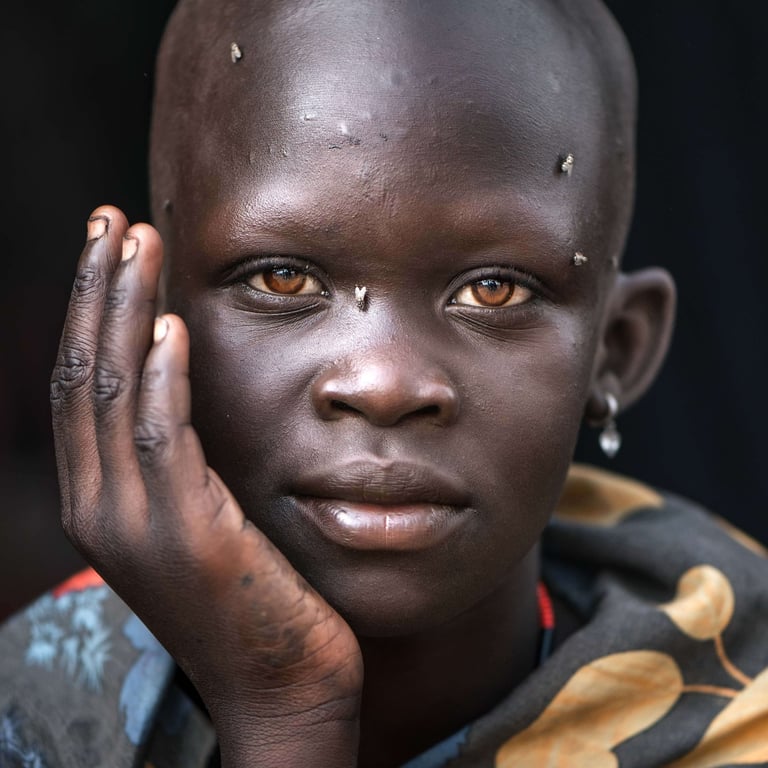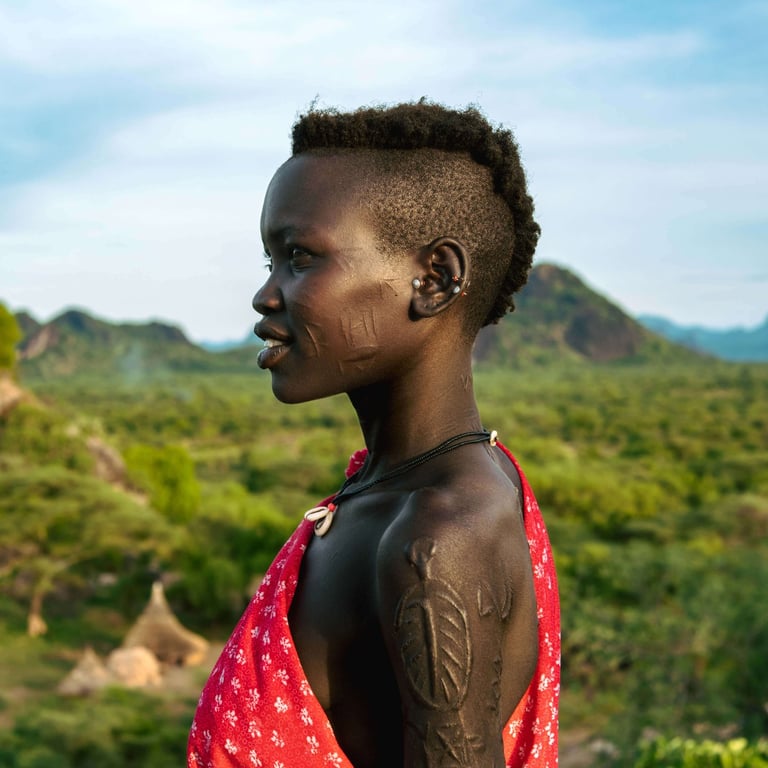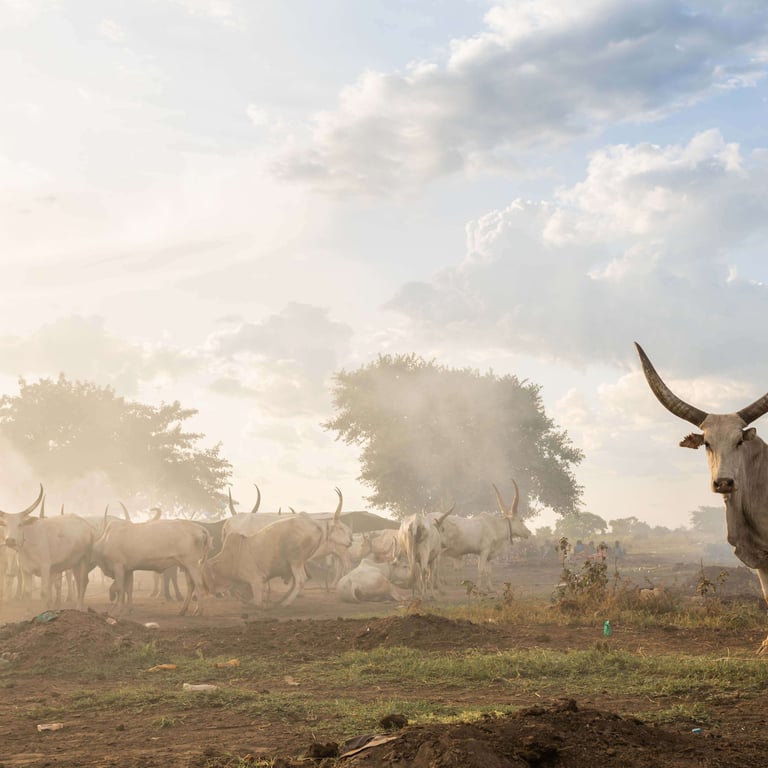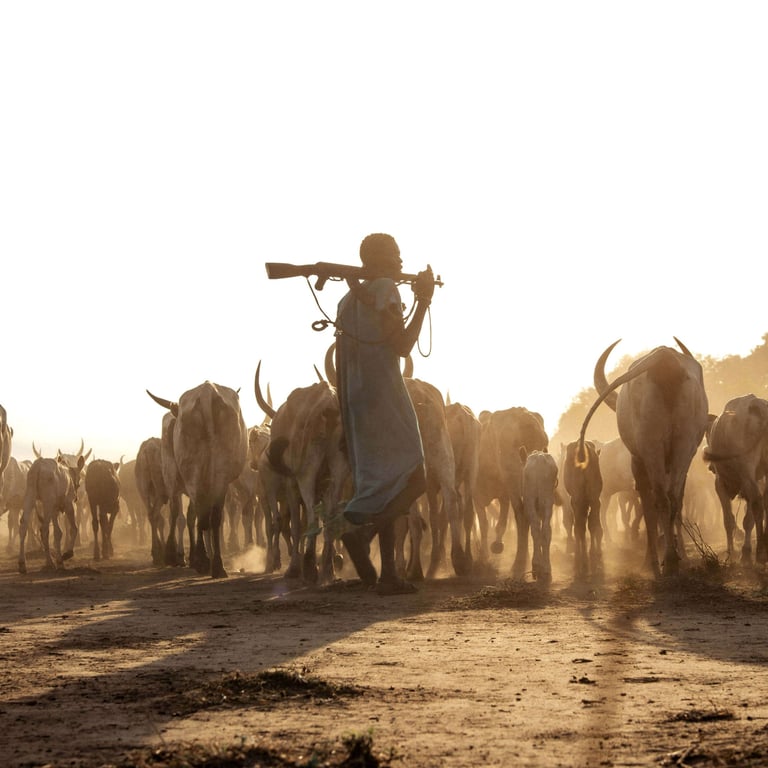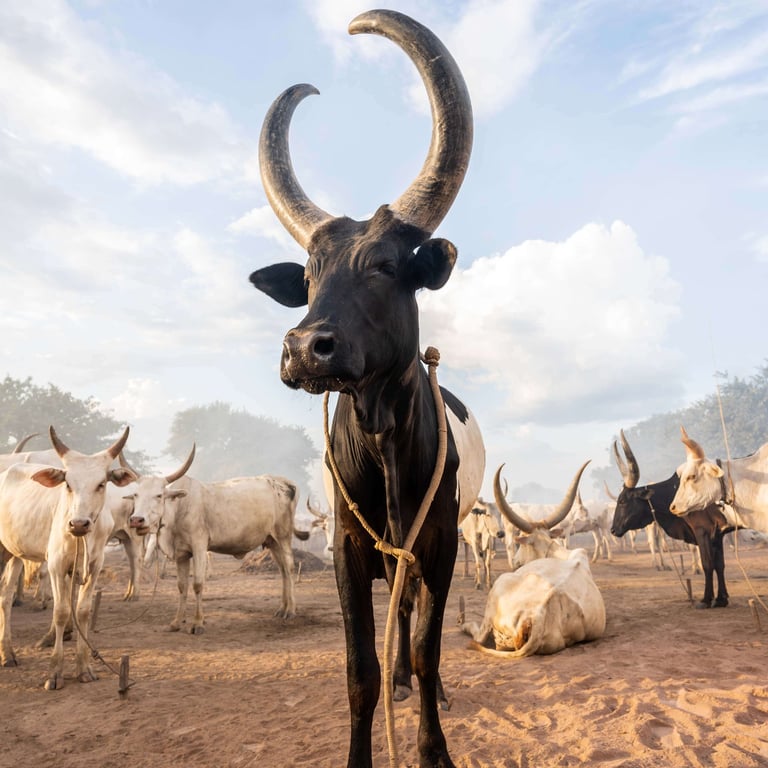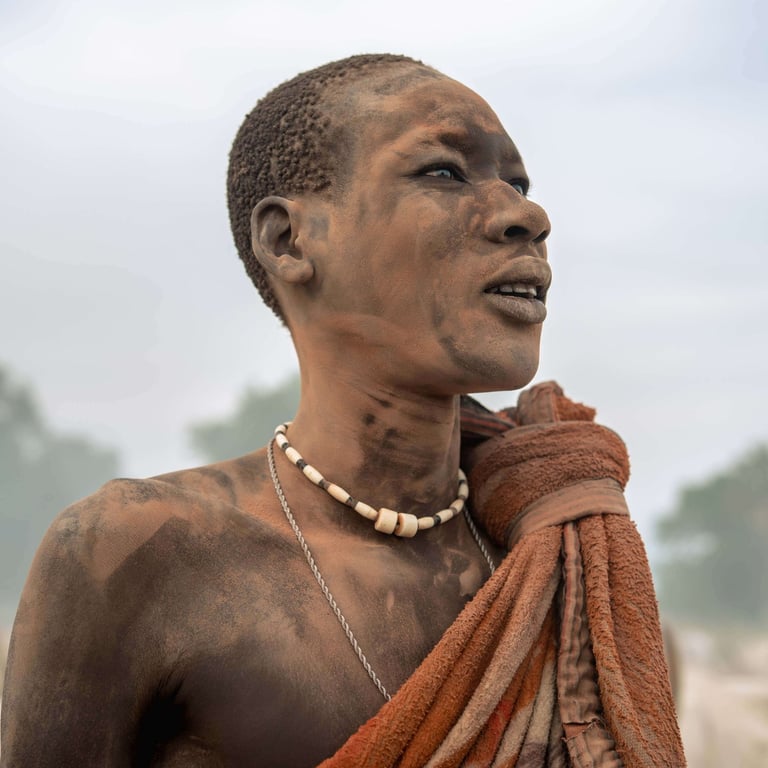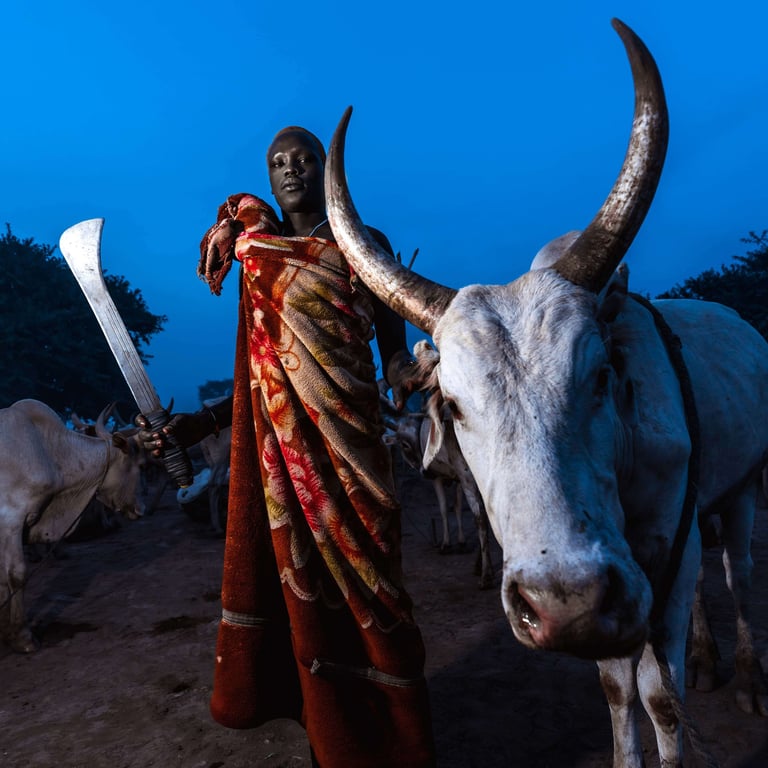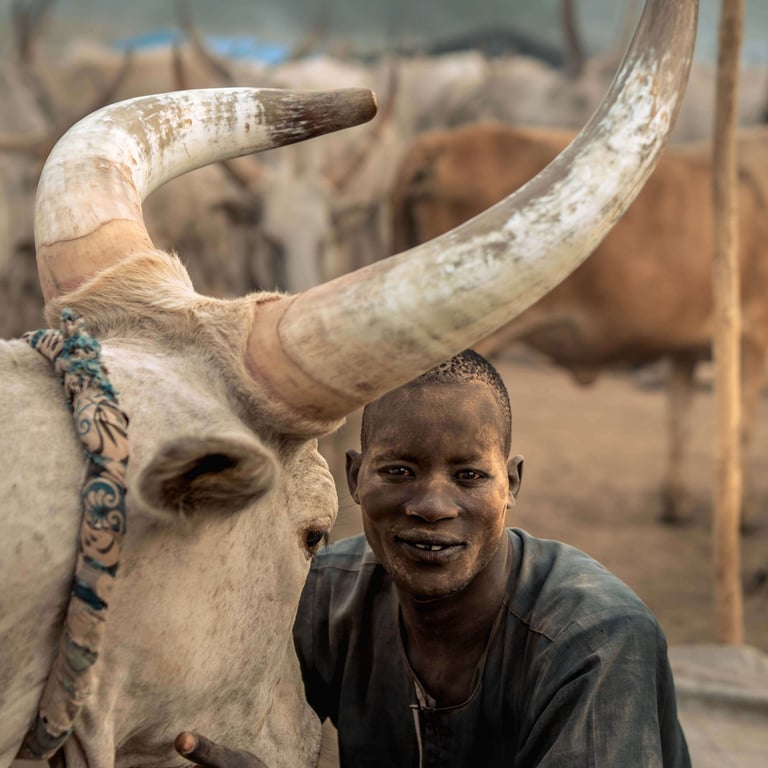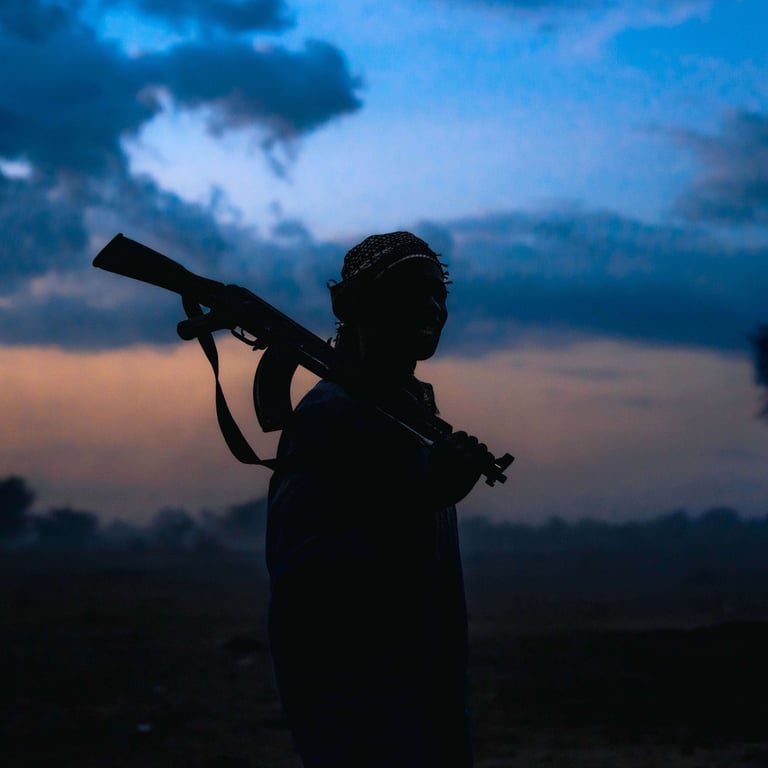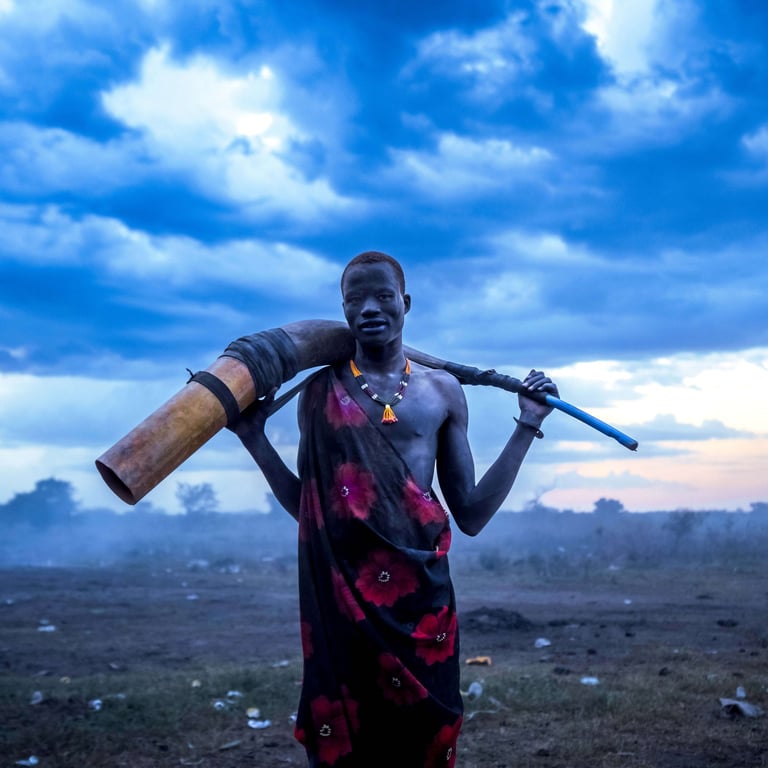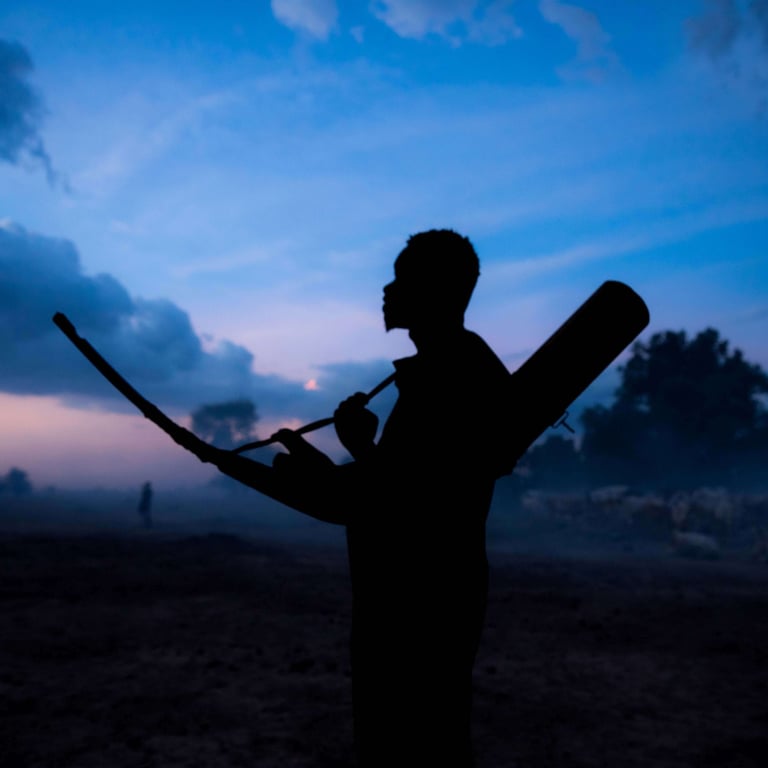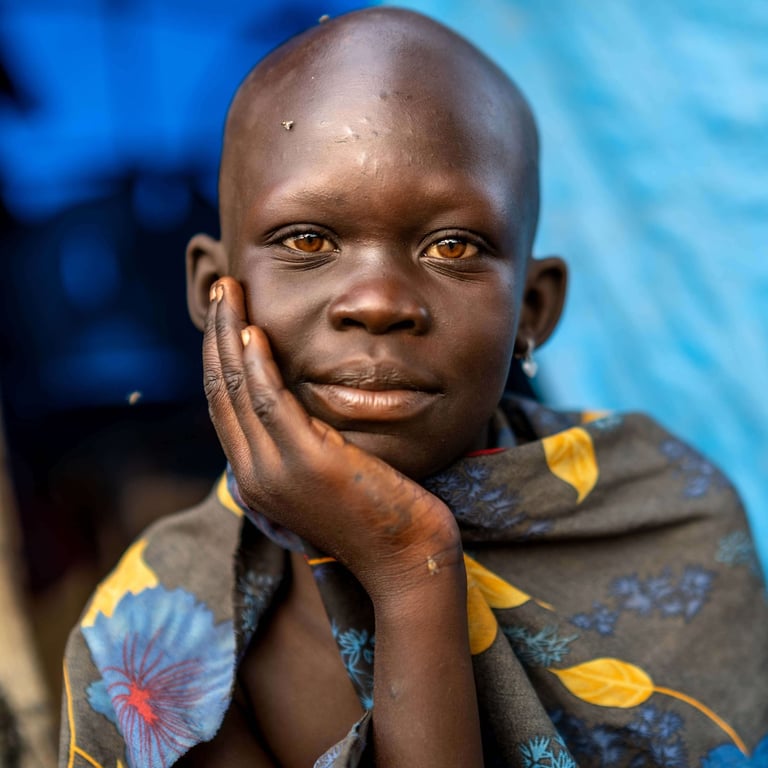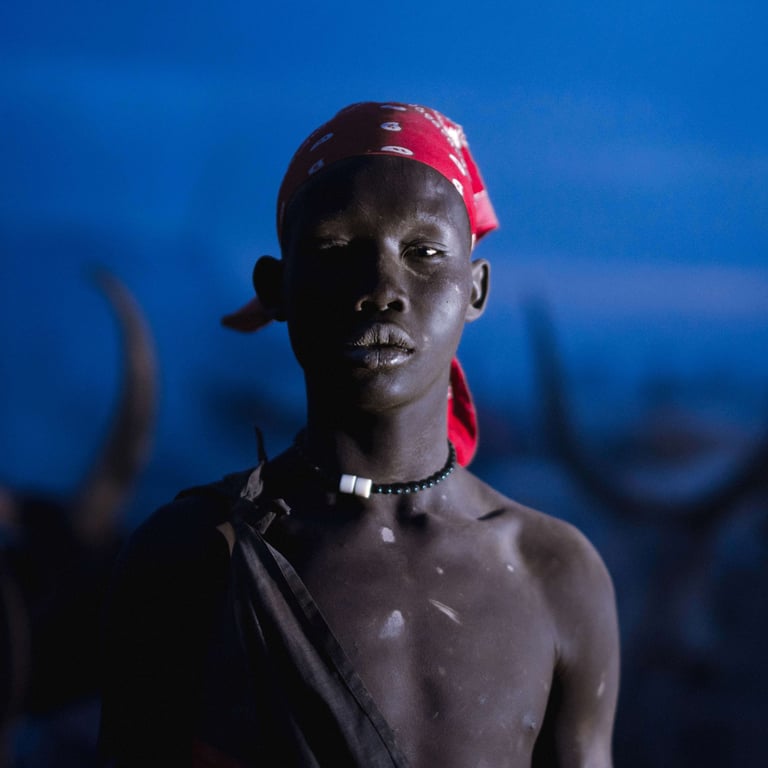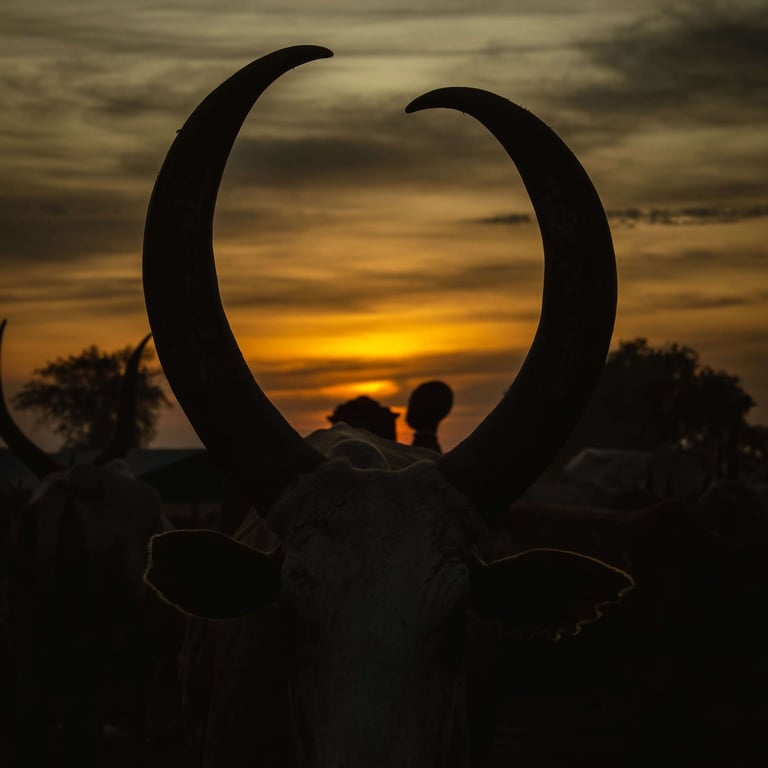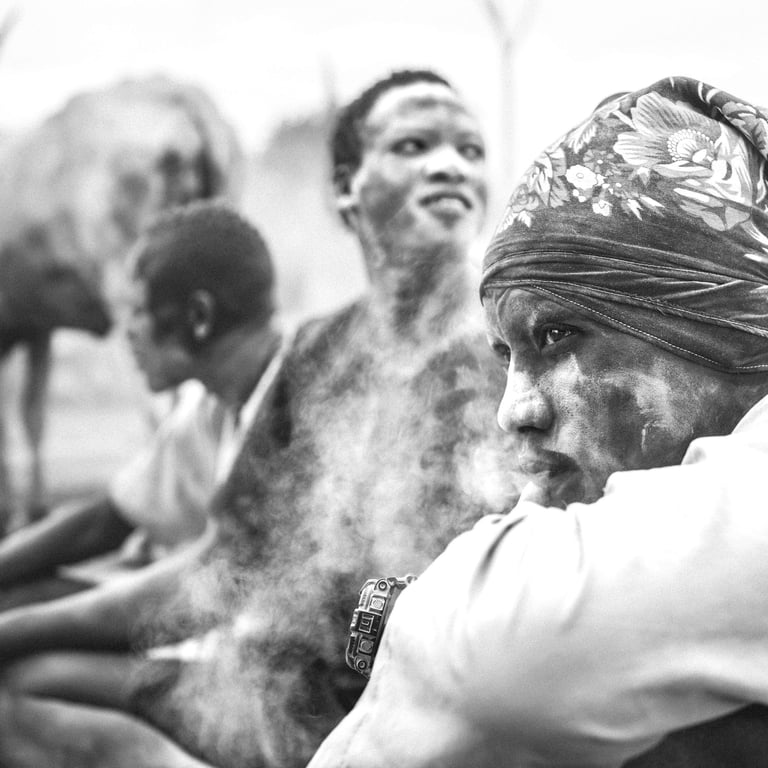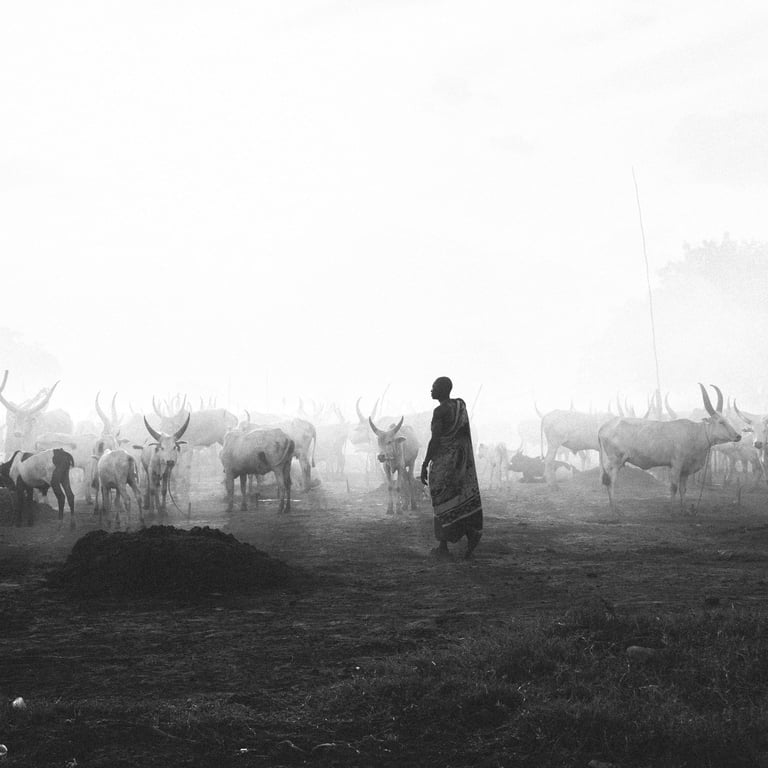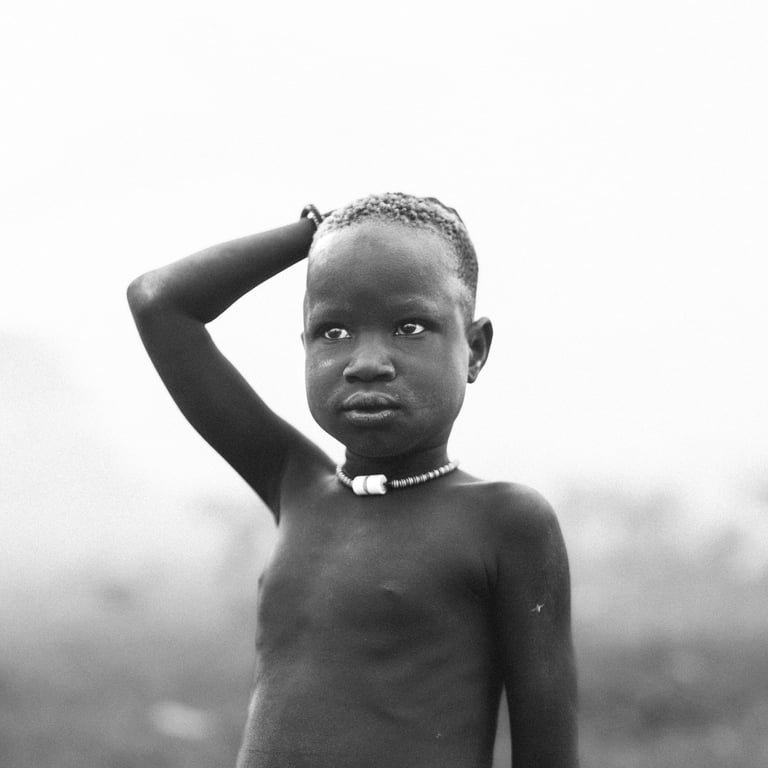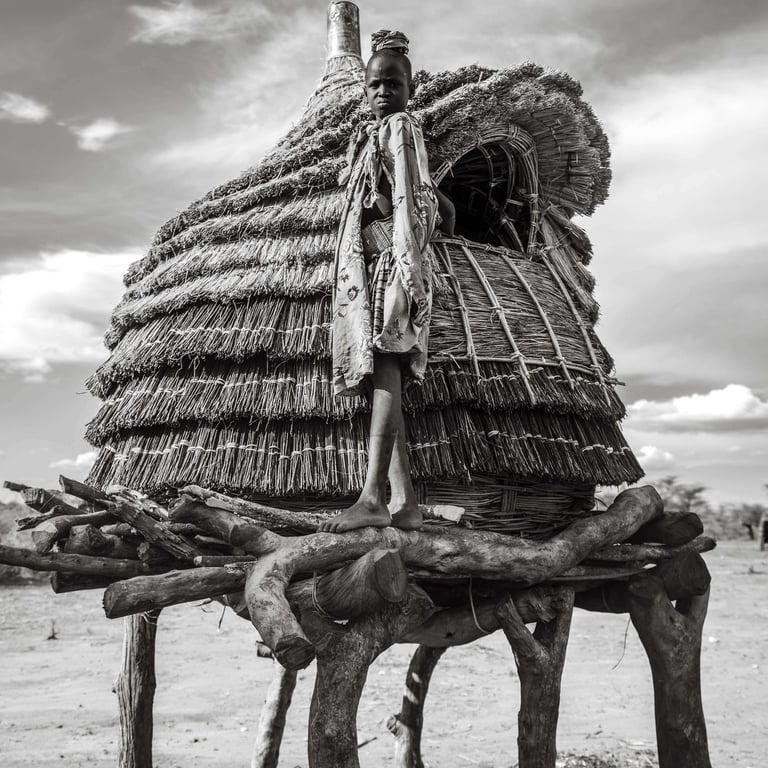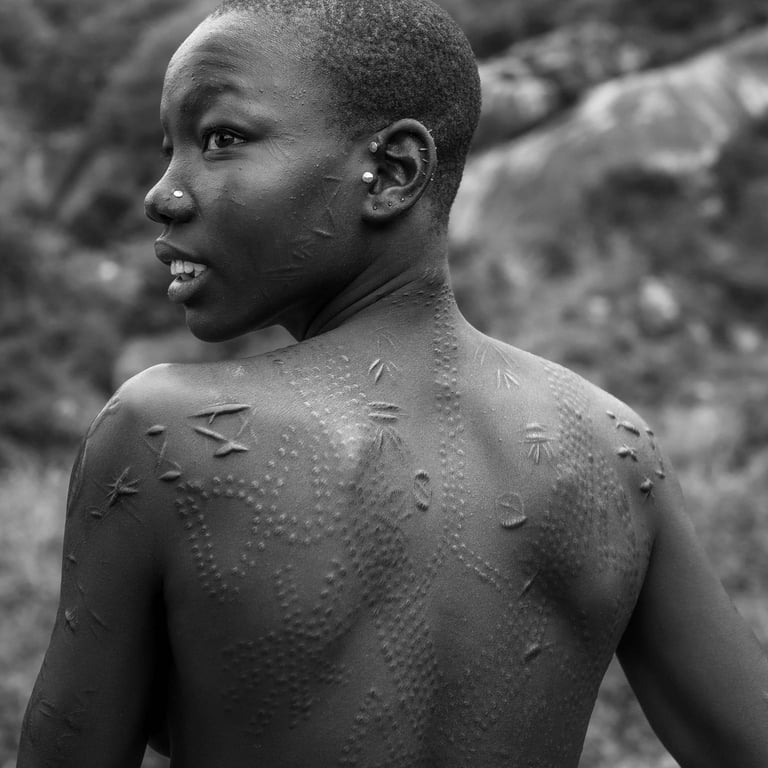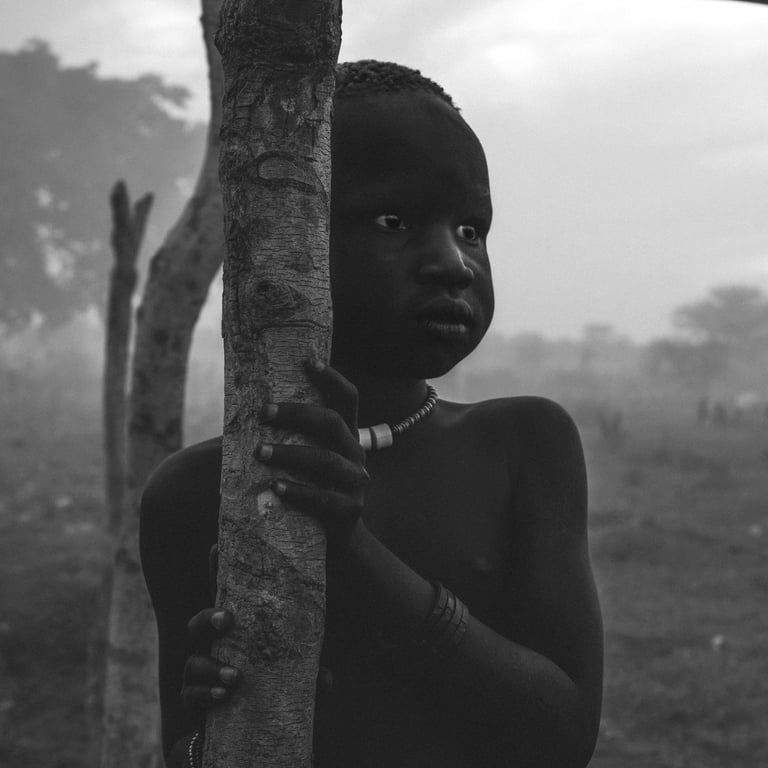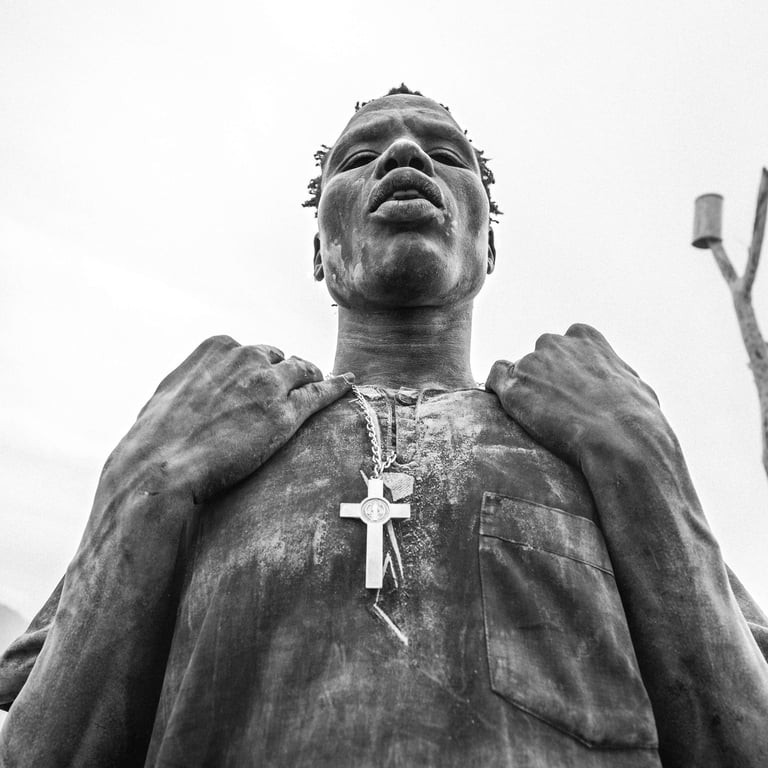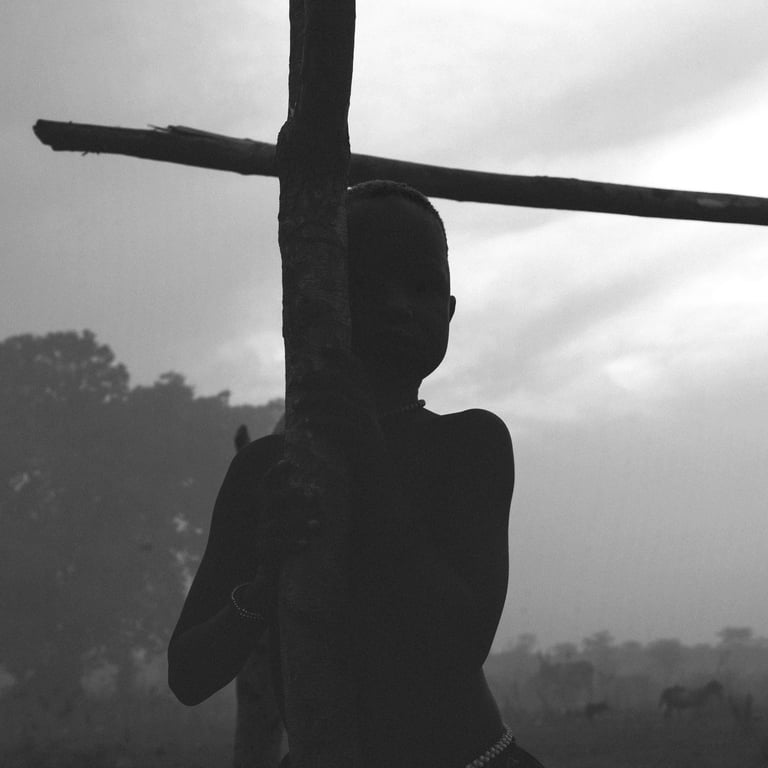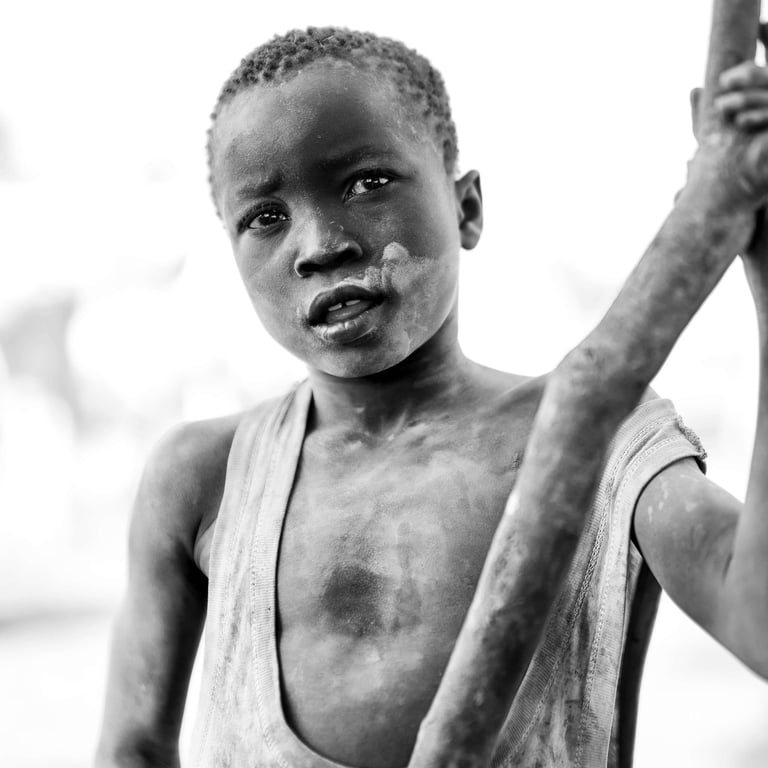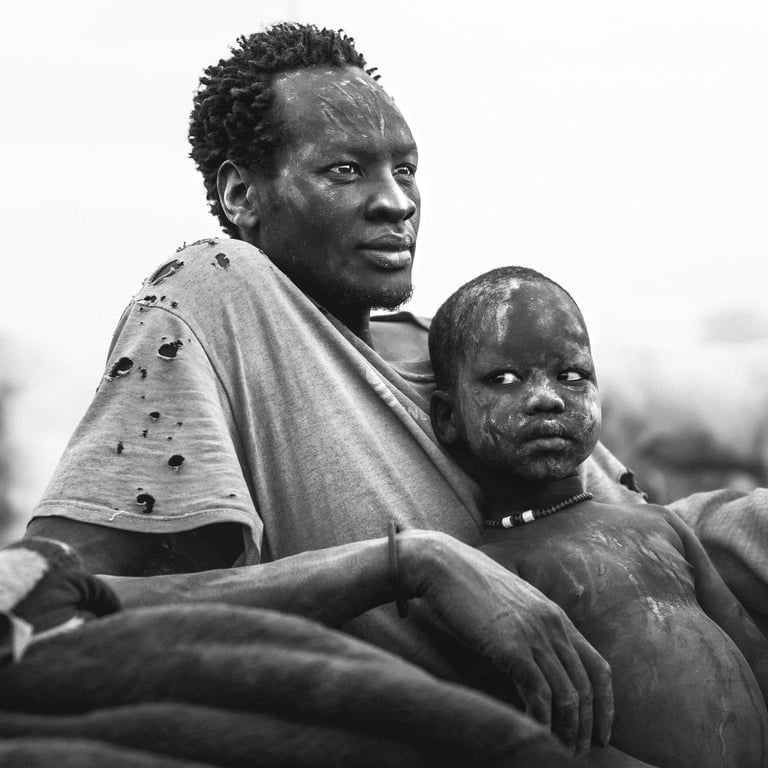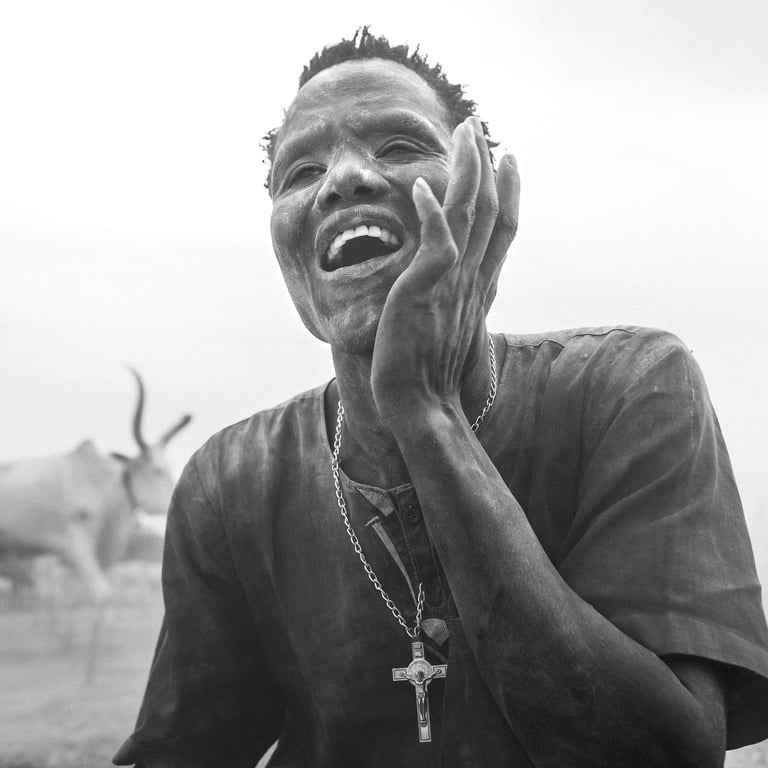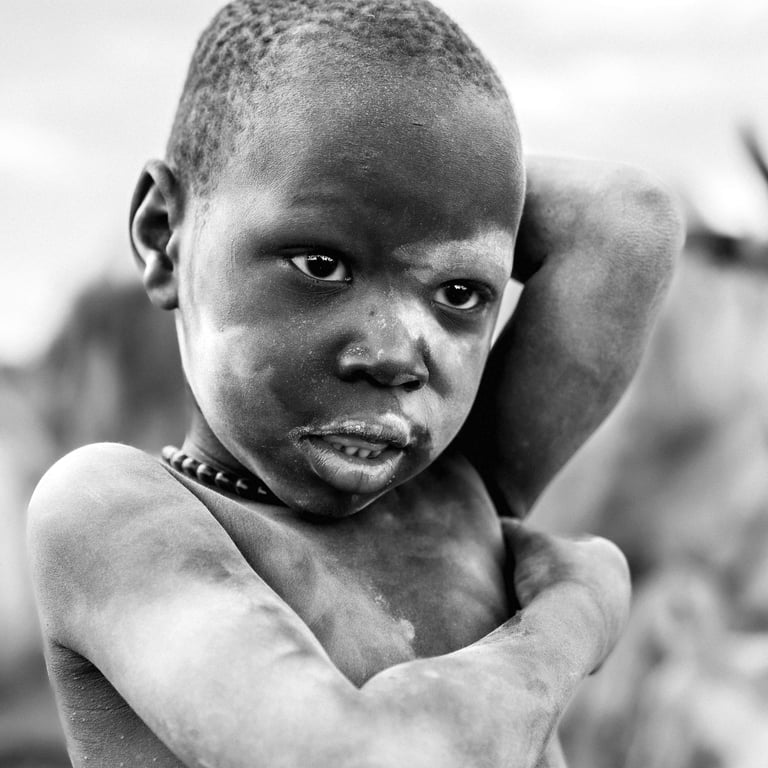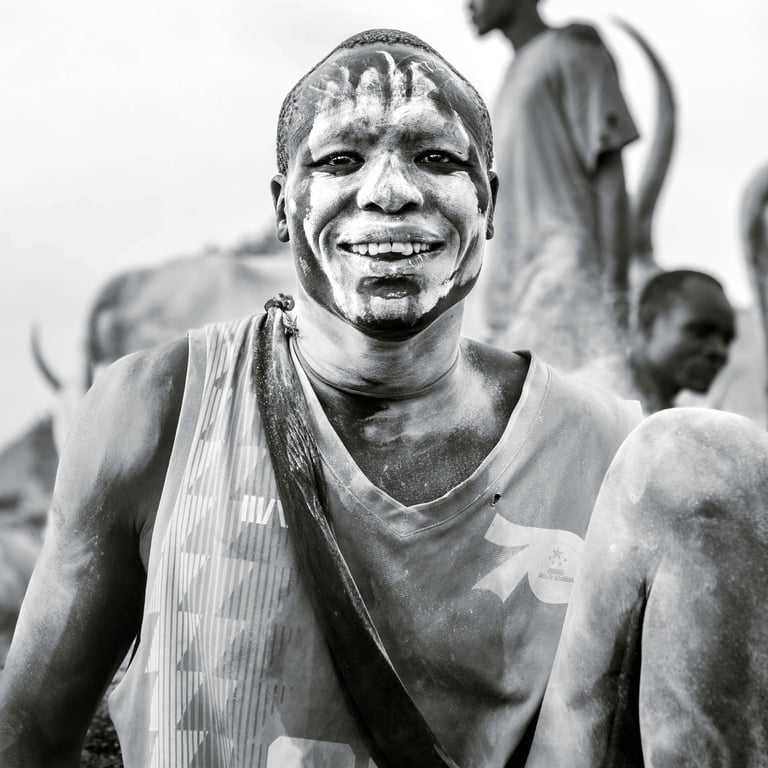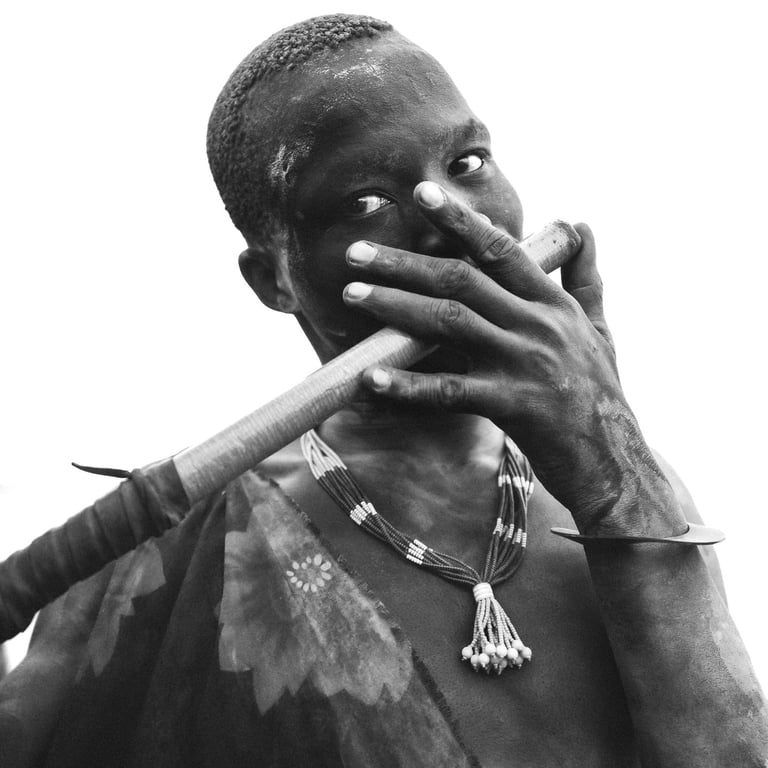A Photographic Safari in South Sudan
A journey through three different ethnic groups


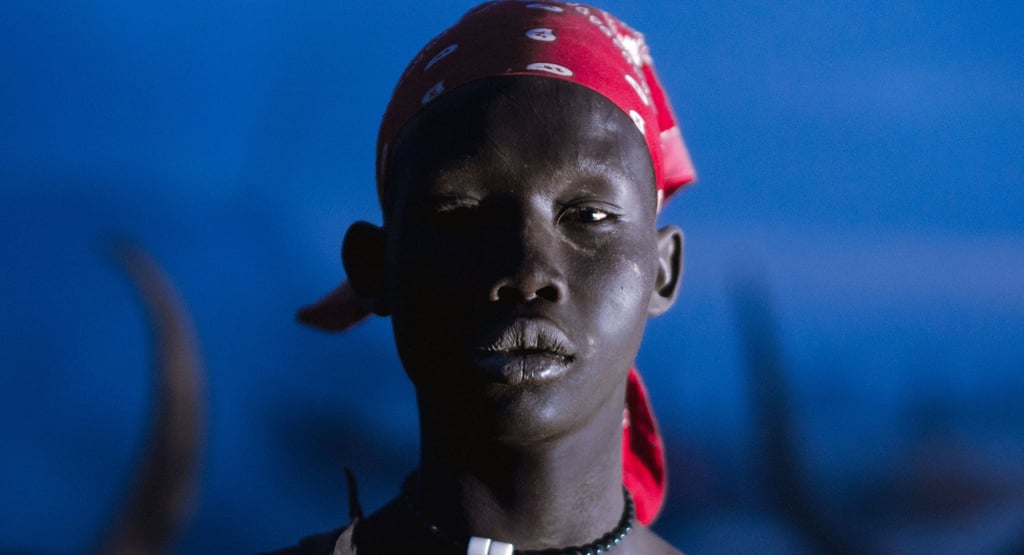

Introduction
As a professional guide for photographic safaris, I have had the privilege of exploring some of the most remote and beautiful parts of the world. This Spring I had one of my most memorable trips where I co-led a tour hosted by Frost Photo Safaris to visit three different tribes in South Sudan: Toposa, Larim and Mundari. Each tribe has its own unique culture, traditions and way of life, which made it an unforgettable trip, alongside the great atmosphere in camp with both Guests and staff. Join me as I take you on a journey through the heart of South Sudan.
Toposa
Our first stop was a visit to the Toposa tribe, famous for their housing structures and warrior culture. We were always met with a warm welcome from the local residents as we approached their village. We then were led to the centre of the village, where we met tribal elders who greeted us and made us feel very much at home.
The Toposa are very proud of their traditions and culture that they have preserved for centuries. They are talented craftsmen and women, and we got to see some of their beautiful flowers and leatherwork ourselves. We also got to watch the traditional Toposa dance, which was the highlight of our visit. The dancers were dressed in colourful costumes, and drum beats echoed throughout the village.
Overall, our visit to the Toposa tribe gave us a glimpse into a unique way of life completely different from our own. It was a humbling experience to experience their traditions and customs, and we left with a deep appreciation for their culture.


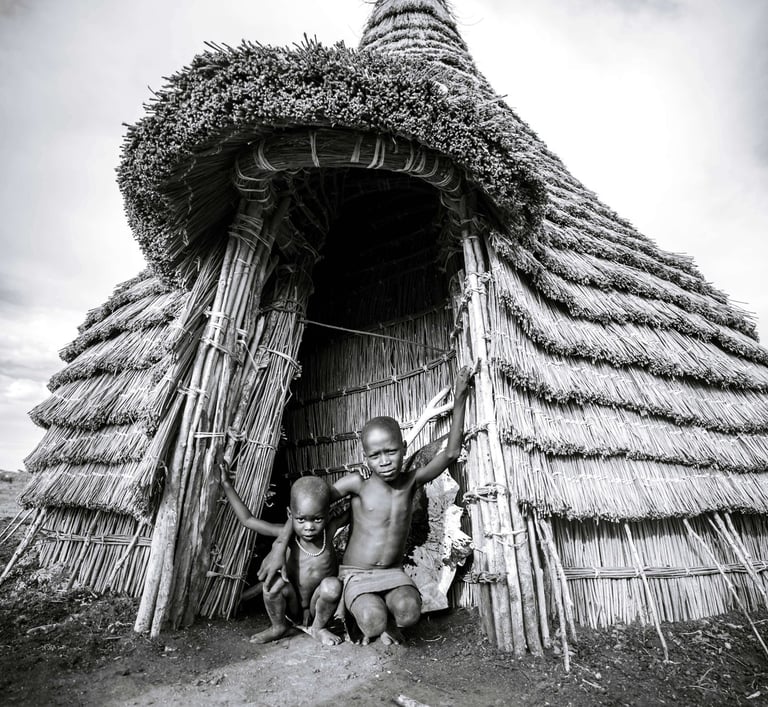

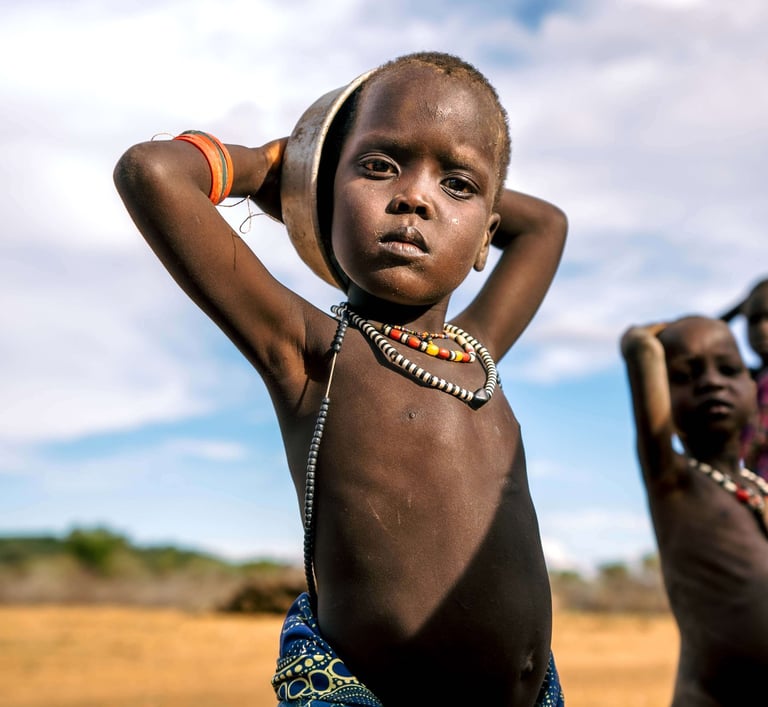

Larim
Our next stop was to visit the Larim tribe, also known as the Boya, who are known for their beautiful terraced agriculture and stunning scenery. As we approached their village, we were struck by the beauty of the landscape. The Larim people live in the foothills of the Imatong Mountains, and their villages are surrounded by lush vegetation and stunning views.
One of the highlights of our visit to the Larim was witnessing their unique agricultural practices. They have created intricate terraced fields that are used to process their main crop sorghum. We curiously observed how they processed their crop and were struck by the beauty of their fields.
The Larim are also known for their scarification which is considered a significant cultural practice and a beauty standard. The women of the Larim tribe use razor blades to create intricate designs on their skin, usually on their stomachs, backs, faces and arms. These markings are believed to enhance their physical beauty and signify their transition into adulthood. The practice is also seen as a symbol of cultural identity and serves as a way of distinguishing themselves from other neighbouring tribes.
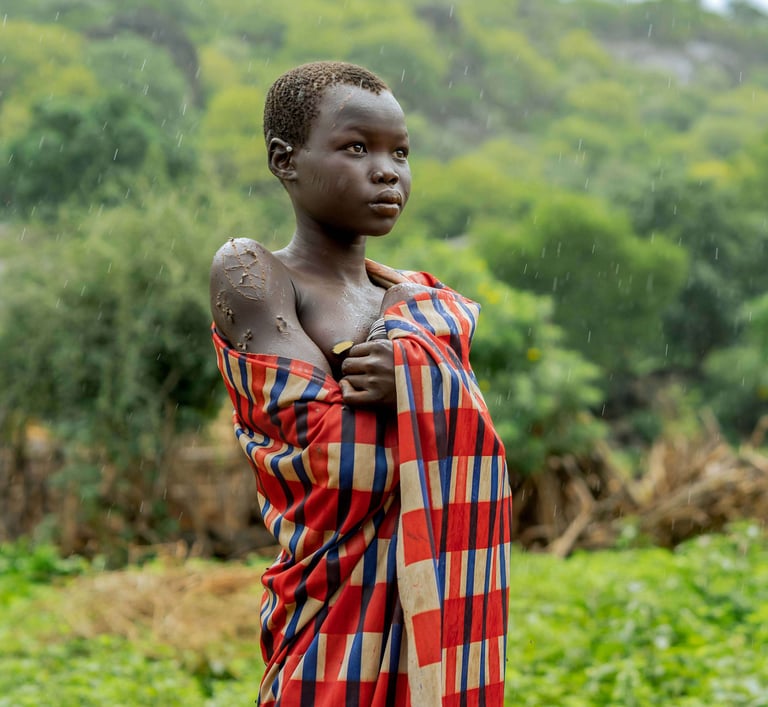

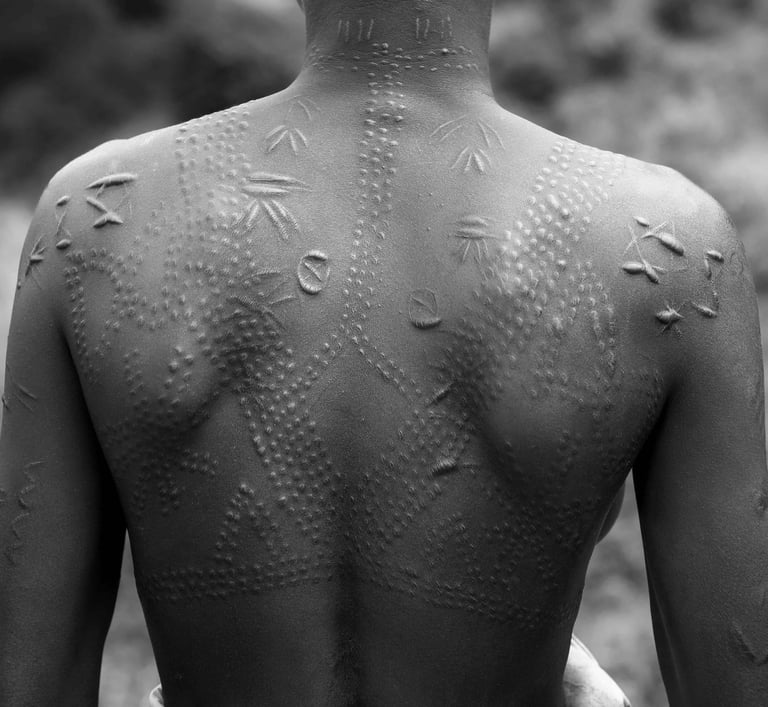



Mundari
Our very last destination was to visit the Mundari tribe, who are arguably the most famous tribe of South Sudan for their cattle herding and distinct frame markings. The Mundari are acknowledged for their specific frame markings, which can be created by the use of a mixture of ash and cow urine. The markings are intended to decorate the body and additionally function as a form of safety in opposition to insects and the sun.
The Mudari tribe is believed to have originated from the Bari ethnic group, which is one of the largest tribes in South Sudan. According to oral tradition, the Mudari people were once part of the Bari tribe but later separated and formed their own community. The reason for the separation is unclear, but it is believed to have been due to a disagreement over leadership. The Mudari tribe currently has an estimated population of about 10,000 people, and they mainly reside in the Moru and Kajo-Keji counties of South Sudan.
The Mundari have a deep connection to their cattle, which I found to be one of the most captivating aspects of their culture. During the rainy season when their cows have an abundance of grass to graze on, the Mundari rely solely on milk for their nutrition, a practice that lasts for approximately three to four months. This bond between the Mundari and their cattle is so strong that they even pass on their names to their children in a distinct manner that reflects their affection for these animals.
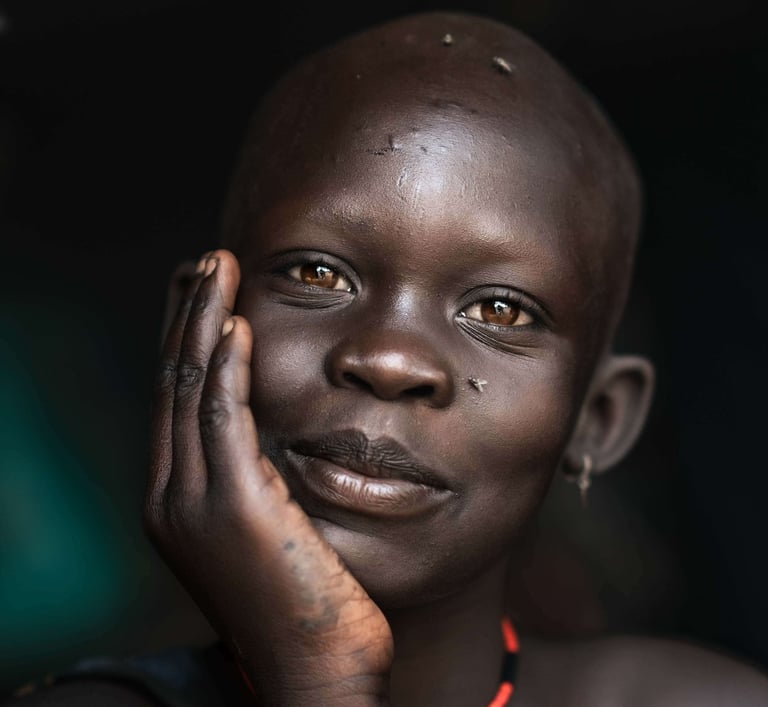





Conclusion
Our journey through South Sudan changed into a humbling and eye-opening experience. We were fortunate to witness firsthand the beauty of the landscape and the richness of the various tribes.
This experience was organised by Kirsten Frost the lead guide of the trip who was relentless in his pursuit to create the best possible experience for our guests. Furthermore, I want to point out that the African Encounters Team, spearheaded by Donald Champion our local ground control made the entire experience seamless. More than that each team member had its unique beautiful charisma which was also appreciated by our guests. Ultimately, we believe that our guest left South Sudan with amazing imagery and memories that shall last forever.
I hope that this brief blog has stimulated you to discover South Sudan for yourself and embrace the adventurous child in you! To keep up with my photographic journey I welcome you to subscribe to updates here.
Cheers,
Dylan
